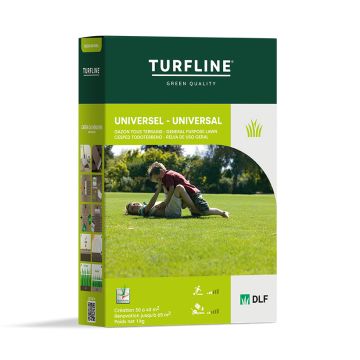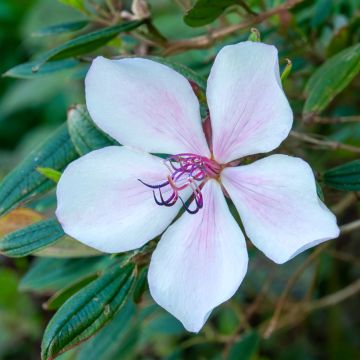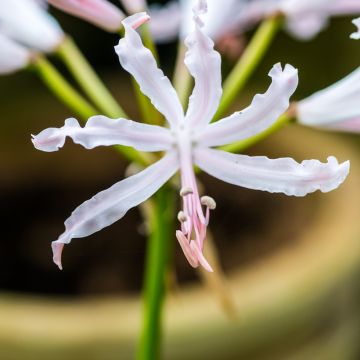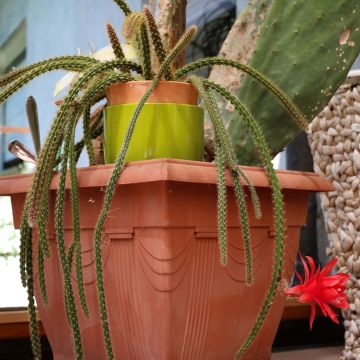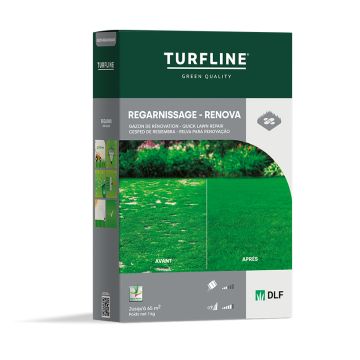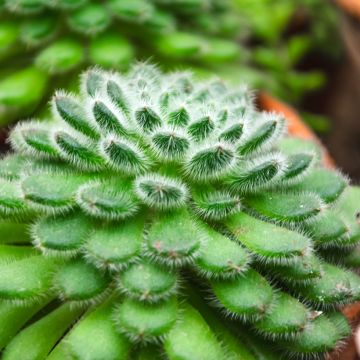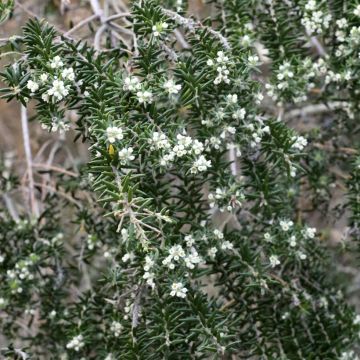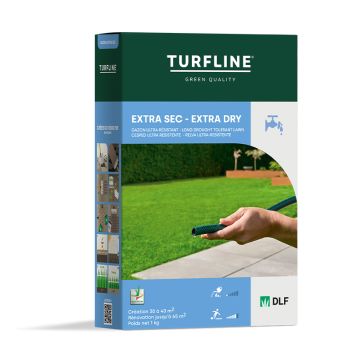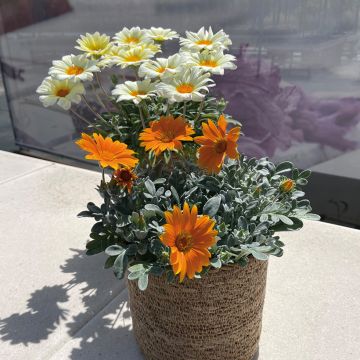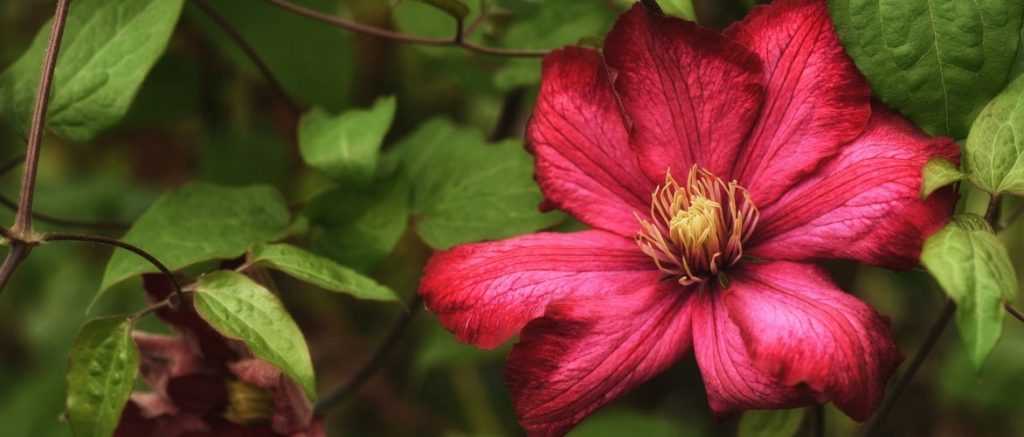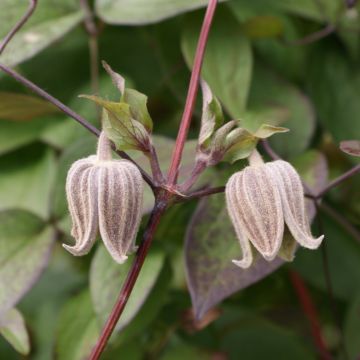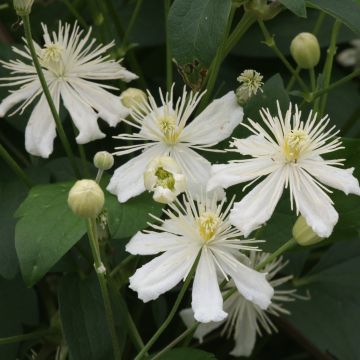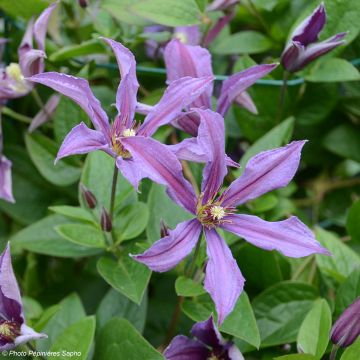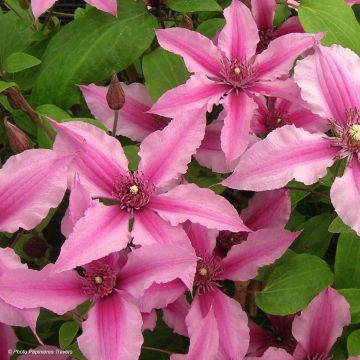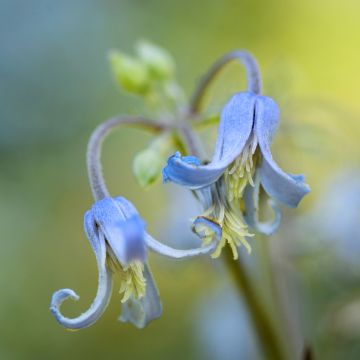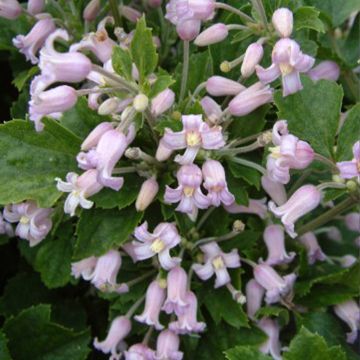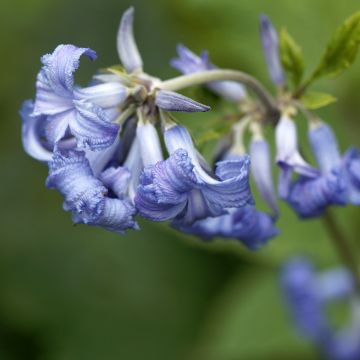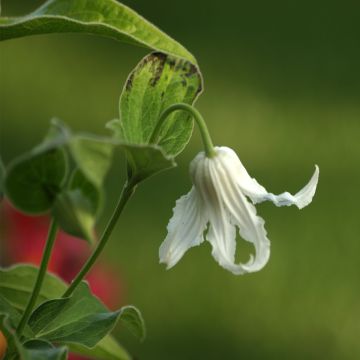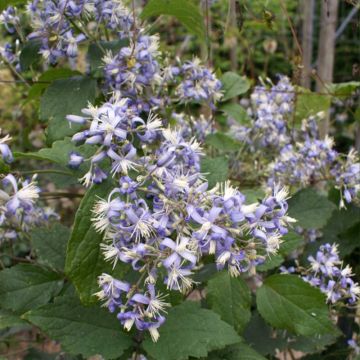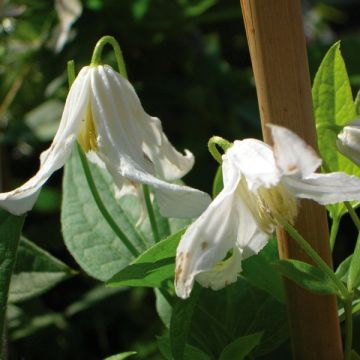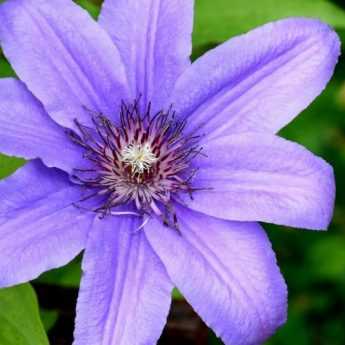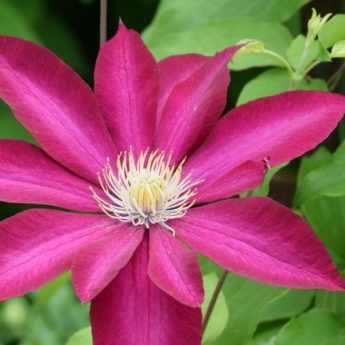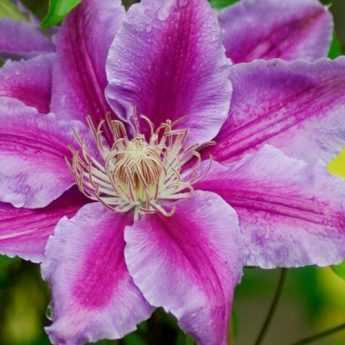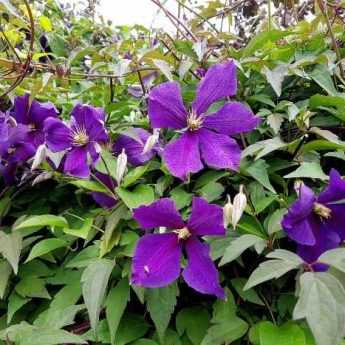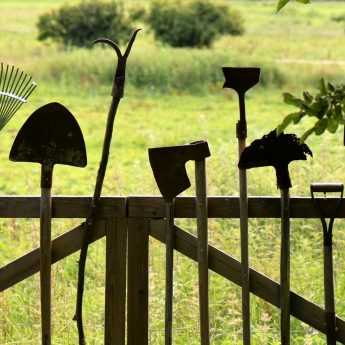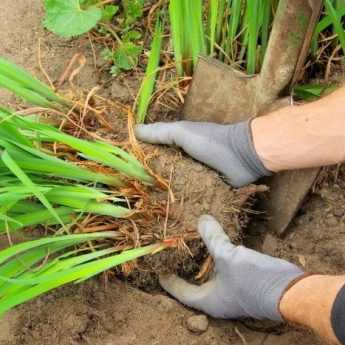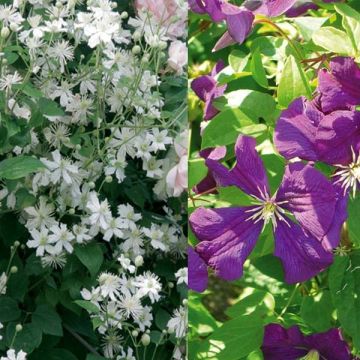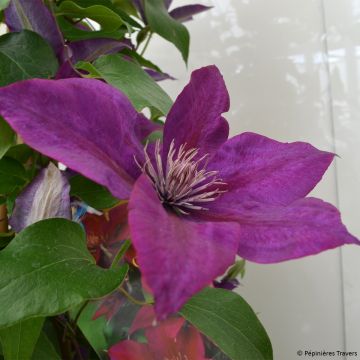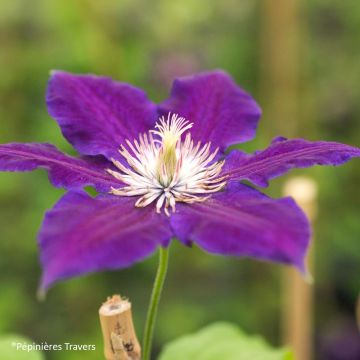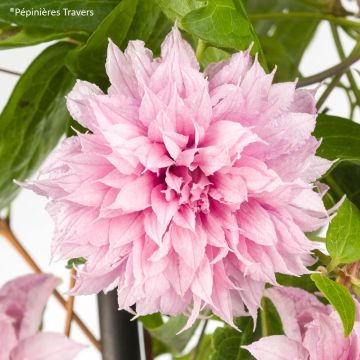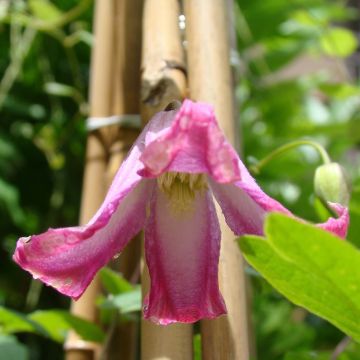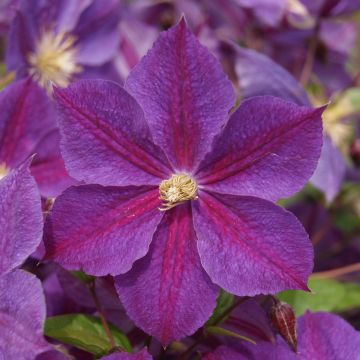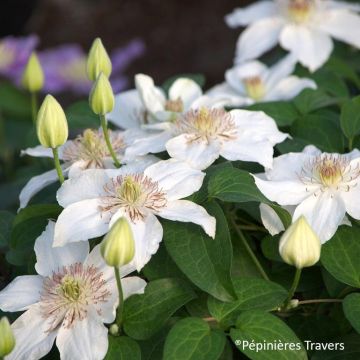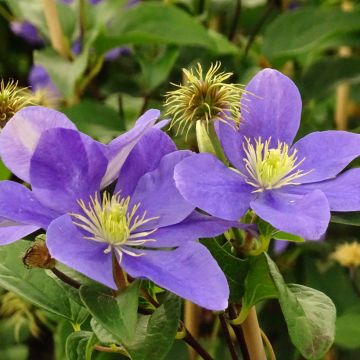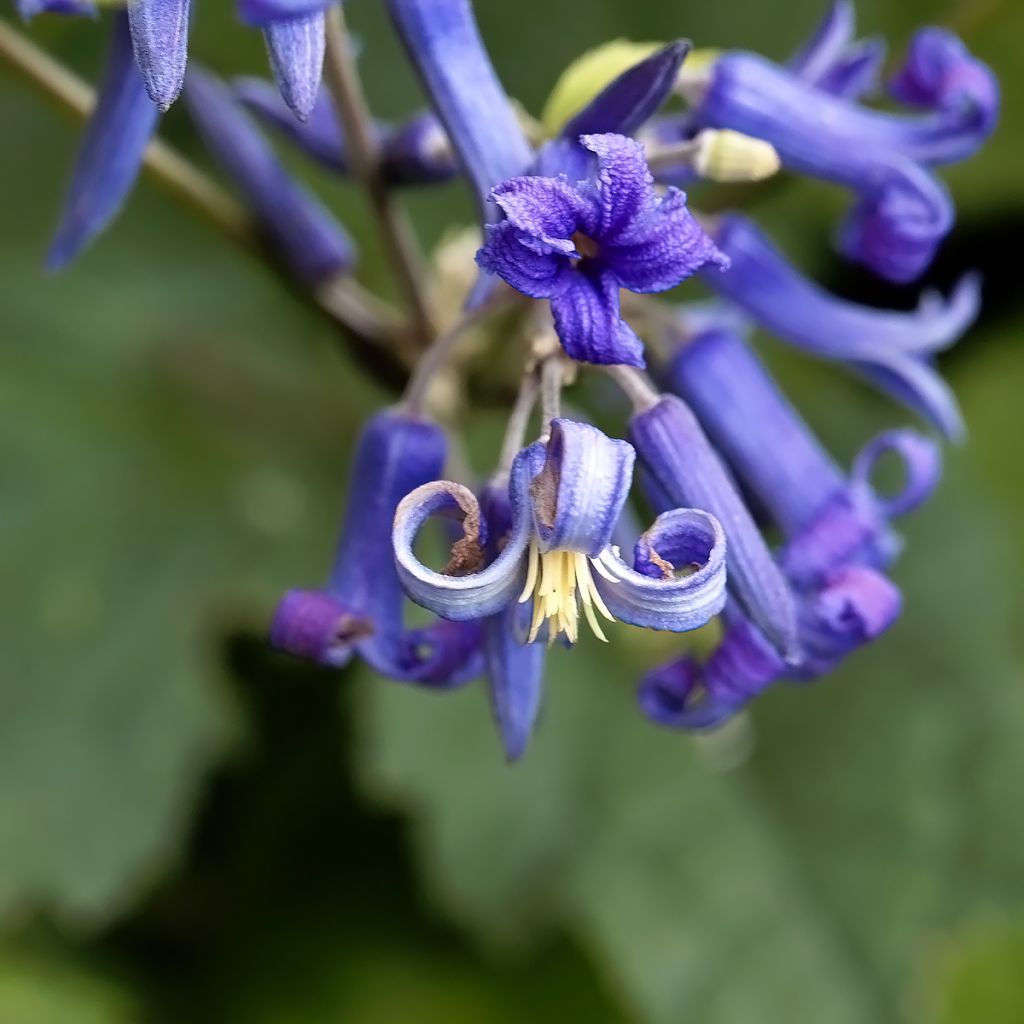

Clématite herbacée - Clematis heracleifolia China Purple
Clematis heracleifolia China Purple
Clematis heracleifolia China Purple
Herbaceous Clematis, Non-climbing Clematis
Why not try an alternative variety in stock?
View all →This plant carries a 12 months recovery warranty
More information
We guarantee the quality of our plants for a full growing cycle, and will replace at our expense any plant that fails to recover under normal climatic and planting conditions.
From €7.90 for pickup delivery and €6.90 for home delivery
Express home delivery from €8.90.
From €7.90 for pickup delivery and €6.90 for home delivery
Express home delivery from €8.90.

Does this plant fit my garden?
Set up your Plantfit profile →
Description
Clematis heracleifolia China Purple, carries delightful lantern-like flowers, a beautiful dark violet-blue. They resemble hyacinth flowers and are scented. This deciduous, non-climbing clematis is a semi-herbaceous plant which develops a fairly wide upright bush with large compound leaves, from a woody crown. The leaves resemble those of giant hogweed with 3 large, dark green, velvety leaflets, with widely cut edges. From July to September, dense clusters of tubular flowers with incurved edges appear in the axils and at the top of the sturdy stems. This hardy clematis is happy in fertile soil, not too dry, well-drained and a semi-shaded exposure. It is particularly beautiful in flower beds, containers or on slopes with other wild-looking border plants.
The Clematis genus belongs to the Ranunculaceae family. Clematis China Purple is a horticultural variety derived from Clematis heracleifolia (the hogweed-leaved clematis), a little-known herbaceous botanical species native to China. It forms a clump of angular, upright and semi-spread stems, which give it a height of 80 cm (32in) to 1 m (3ft), with a width of about 80 cm (32in). Pruned back to 30 cm (12in) each year, the old stems turn woody and branch out while the new stems carry large leaves at the base. As the plant ages, it forms more short stems, giving it a ball-like appearance. In the heart of summer, long tall flower stems emerge with inflorescences in whorls of small bell-shaped flowers, 2 cm (1in) long, with short peduncles. They are fragrant and composed of 4 curved petals of a fairly dark violet-blue and a throat with yellow anther-bearing stamens. When they fade, the fruits form small green and silvery plumes characteristic of clematis, but their arrangement in balls around the stem accentuates the decorative effect. A bit slow to establish, the plant roots deeply in the soil before showing exponential growth in following years.
Clematis heracleifolia China Purple prefers semi-shaded, not scorching situations, like its parent. It brings a breath of fresh air to flower beds. Plant it alongside your perpetual roses to accompany their successive flowering and fill in their sometimes sparsely covered base. Clematis is a genus rich in diversity, with varieties in all colours, shapes and sizes. Take advantage of their easy cultivation to give your garden a little romantic and bohemian atmosphere. Thanks to its herbaceous growth habit, this astonishing variety thrives perfectly in a pot on a balcony or on a slope with perennial sweet peas, variegated ivy, small-flowered periwinkles, Coreopsis and wood spurge. It extends the summer, easily blending in with other perennial plants or even grasses (Schizachyrium scoparium, Miscanthus sinensis Adagio) in the garden or in bouquets.
Flowering
Foliage
Plant habit
Botanical data
Clematis
heracleifolia
China Purple
Ranunculaceae
Herbaceous Clematis, Non-climbing Clematis
Cultivar or hybrid
Other Herbaceous Clematis
View all →Planting and care
China Purple herbaceous clematis prefers deep, well-drained, humus-rich, neutral to acidic soils that are moist but not waterlogged. This variety does not tolerate drought well, nor does it do well in overly wet soils. It prefers partial shade and requires plenty of light to flower properly. However, this plant is sensitive to direct, scorching sunlight. Plant the root ball 7 to 8 cm (3in) below ground level to encourage new shoots to emerge from the base of the plant. It can be slow to establish as it develops deep roots before taking off. It is a problem-free and long-lasting perennial.
Container cultivation: use a potting mix based on loamy soil.
Planting period
Intended location
Care
Planting & care advice
-
, onOrder confirmed
Reply from on Promesse de fleurs
Clematis
Haven't found what you were looking for?
Hardiness is the lowest winter temperature a plant can endure without suffering serious damage or even dying. However, hardiness is affected by location (a sheltered area, such as a patio), protection (winter cover) and soil type (hardiness is improved by well-drained soil).

Photo Sharing Terms & Conditions
In order to encourage gardeners to interact and share their experiences, Promesse de fleurs offers various media enabling content to be uploaded onto its Site - in particular via the ‘Photo sharing’ module.
The User agrees to refrain from:
- Posting any content that is illegal, prejudicial, insulting, racist, inciteful to hatred, revisionist, contrary to public decency, that infringes on privacy or on the privacy rights of third parties, in particular the publicity rights of persons and goods, intellectual property rights, or the right to privacy.
- Submitting content on behalf of a third party;
- Impersonate the identity of a third party and/or publish any personal information about a third party;
In general, the User undertakes to refrain from any unethical behaviour.
All Content (in particular text, comments, files, images, photos, videos, creative works, etc.), which may be subject to property or intellectual property rights, image or other private rights, shall remain the property of the User, subject to the limited rights granted by the terms of the licence granted by Promesse de fleurs as stated below. Users are at liberty to publish or not to publish such Content on the Site, notably via the ‘Photo Sharing’ facility, and accept that this Content shall be made public and freely accessible, notably on the Internet.
Users further acknowledge, undertake to have ,and guarantee that they hold all necessary rights and permissions to publish such material on the Site, in particular with regard to the legislation in force pertaining to any privacy, property, intellectual property, image, or contractual rights, or rights of any other nature. By publishing such Content on the Site, Users acknowledge accepting full liability as publishers of the Content within the meaning of the law, and grant Promesse de fleurs, free of charge, an inclusive, worldwide licence for the said Content for the entire duration of its publication, including all reproduction, representation, up/downloading, displaying, performing, transmission, and storage rights.
Users also grant permission for their name to be linked to the Content and accept that this link may not always be made available.
By engaging in posting material, Users consent to their Content becoming automatically accessible on the Internet, in particular on other sites and/or blogs and/or web pages of the Promesse de fleurs site, including in particular social pages and the Promesse de fleurs catalogue.
Users may secure the removal of entrusted content free of charge by issuing a simple request via our contact form.

































